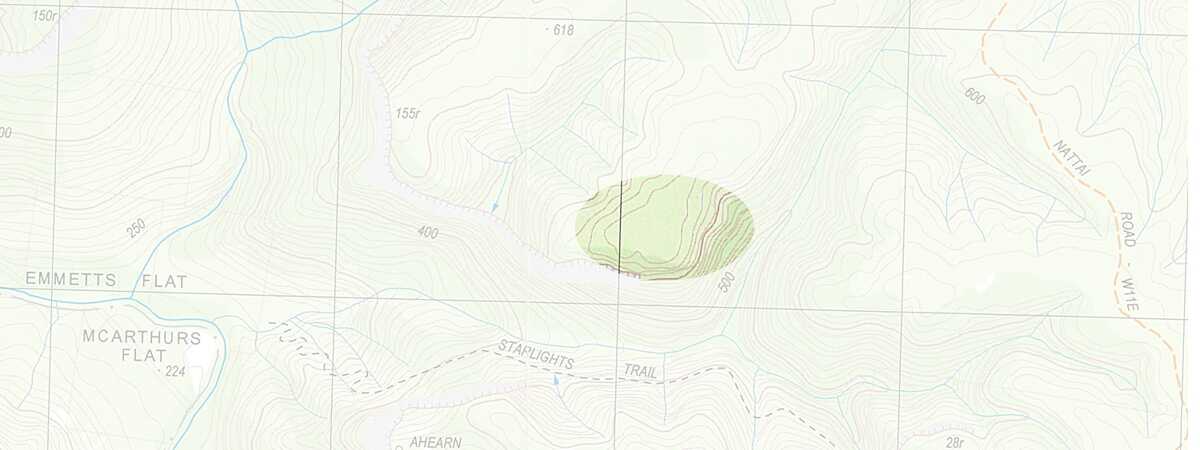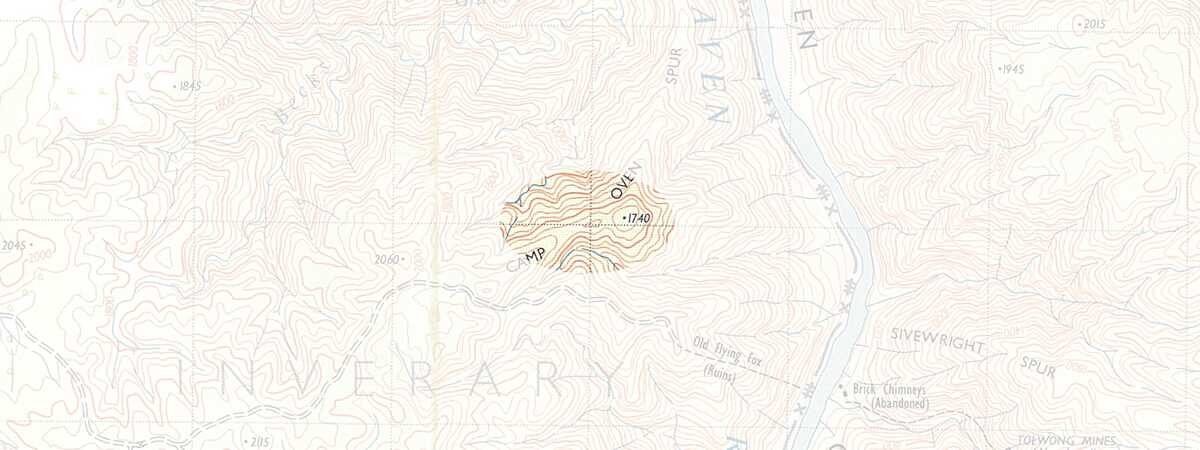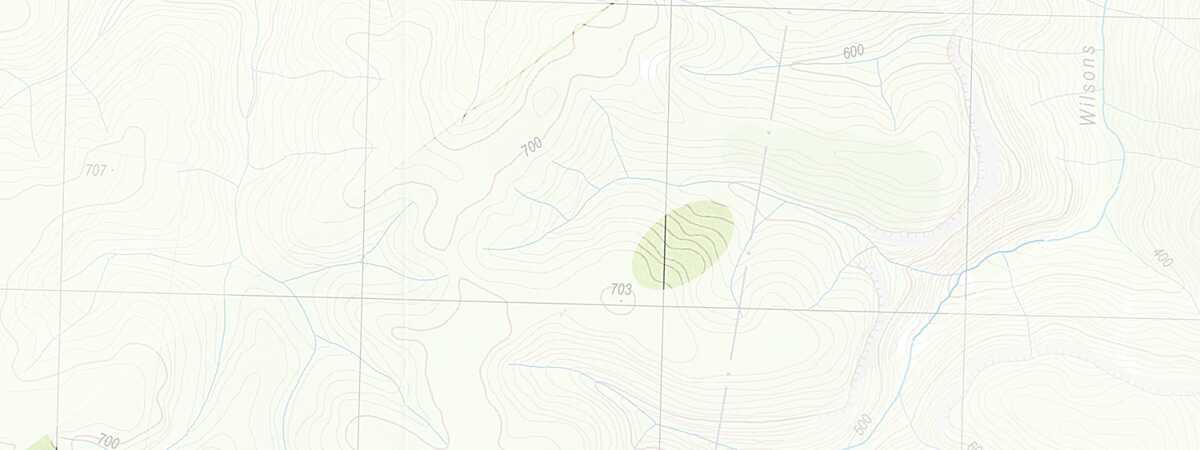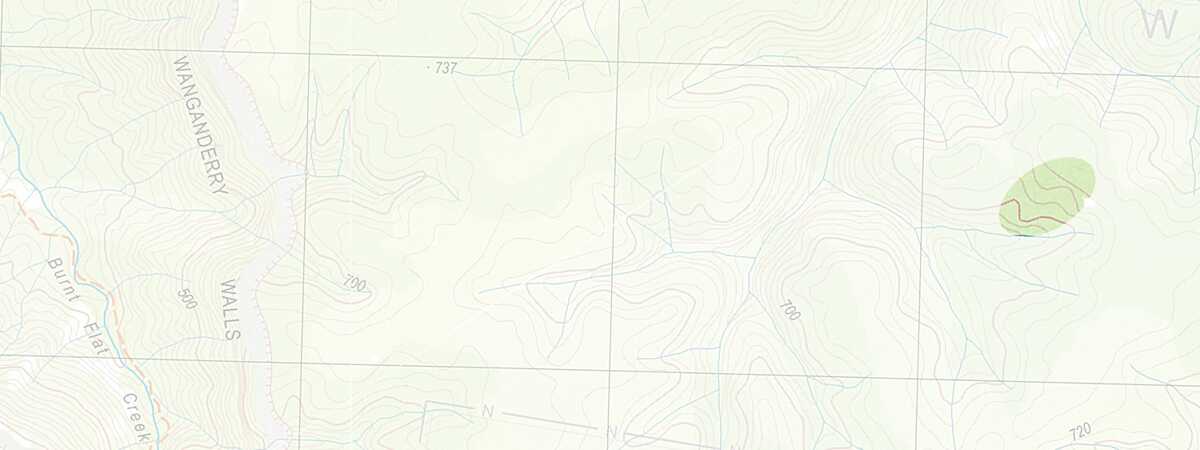There are subtleties to map reading that take time to develop. Some common things to watch out for include:
A bump or small hill that is too small to generate it’s own closed loop contour. Occurs in places where two ridge lines diverge and converge or on the top of a hill where the contour lines are furthest apart.

The opposite of an implied knoll. An implied saddle is a saddle that is not formed enough to have two parallel contours cross the ridgeline and connect.

A dent in the side of a slope or ridge often too high for a proper water course to form.

A bump on the side of a ridge or slope that’s too localised or flat to form a proper spur.
